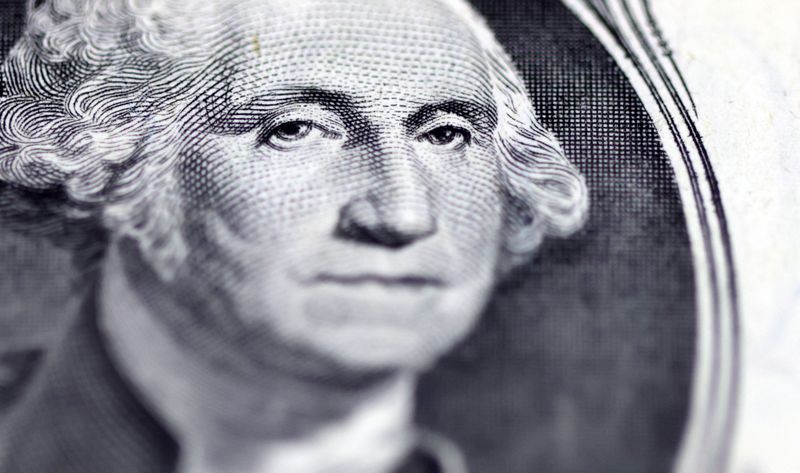Investing.com — The U.S. dollar held steady Monday after falling the week before on weaker-than-expected nonfarm payrolls data, prompting investors to push up the timeline for possible Federal Reserve rate cuts this year.
At 04:31 ET (08:31 GMT), the US, which tracks the dollar against a basket of six other currencies, was trading 0.04% higher at 105.07.
Last week, rates fell to their lowest point in more than three weeks, a decline fueled by bets that the Fed could now opt to cut rates from their highest level in more than two decades starting in September. Markets previously bet that the central bank would make an initial cut of 25 basis points in November.
The soft payroll data also puts a spotlight on upcoming speeches from a series of key Fed officials this week. On Monday, New York Fed President John Williams and Richmond Fed President Thomas Barkin will both speak, followed a day later by Minneapolis Fed President Neel Kashkari. Chicago Fed President Austan Goolsbee and Fed Governor Michelle will also appear later this week.
The euro changed hands 0.1% higher at $1.0769. The European Central Bank is widely tipped to make its own rate cut in June, although it remains uncertain what will happen to monetary policy after the meeting.
Meanwhile, the British pound traded 0.2% higher at $1.2573. Data last week showed the UK’s key services sector remains in a healthy state, potentially giving the Bank of England more room to delay interest rate cuts.
Remove ads
.
Broader Asian currencies retreated after recently gaining some ground against the dollar. But the prospect that U.S. borrowing costs would remain high in the short term has left most regional currencies trading negatively this year.
The Japanese yen pair rose 0.6% on Monday, although the pair’s trading volumes were dampened by a market holiday in Japan, while the Chinese yuan pair fell 0.4%.
The Singapore dollar pair rose 0.1%, while the Indian rupee pair rose 0.1%.
Elsewhere, the Australian dollar pair climbed 0.3%, close to a two-month high, as traders prepared for a Reserve Bank of Australia meeting on Tuesday. While the RBA is expected to keep rates unchanged, it is also expected to take a hawkish tone following stronger-than-expected inflation for the first quarter.


